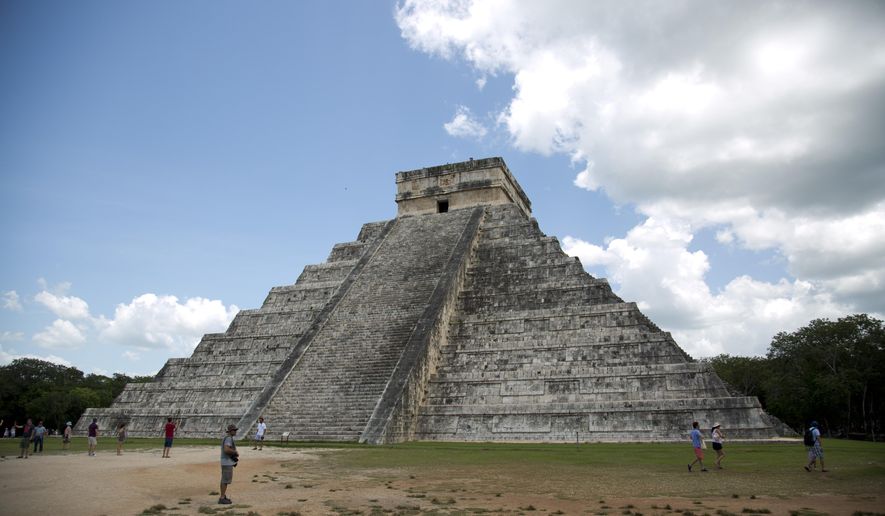In 1967, construction workers at a new airport near the ancient Maya city of Chichen Itza in Mexico made a startling discovery. While excavating, they unearthed human remains in the proposed runway area, halting the project.
Archaeologists were called in and uncovered a chultun, an underground rainwater-storage container linked to Maya mythology as an entrance to the underworld. Connected to it was a cave containing over 100 sets of human remains, predominantly children.
Faced with a tight deadline, researchers had just two months to excavate and examine the bones. Nearly 60 years later, efforts to analyze ancient DNA from 64 of the children have provided new insights into Maya religious rituals.
The findings, published in Nature by an international team of scientists, reveal that the children, killed between A.D. 500 and 900, were local Maya boys. The study suggests they were chosen for sacrifice, possibly in sibling pairs.
“These are the first ancient Maya genomes to be published,” said Johannes Krause, an archaeogeneticist at the Max Planck Institute for Evolutionary Anthropology in Leipzig, Germany, as reported by The New York Times.
The DNA analysis offered insight into the identities of the sacrificed children. “One feels quite moved by such a finding,” Mr. Krause noted, reflecting on his own experience as a parent.
The project began not as a study of ancient rituals but as an investigation into the genetic impact of Mesoamerica’s most devastating pandemic. In the mid-2000s, Rodrigo Barquera, now an immunogeneticist at the Max Planck Institute, aimed to explore the genetic legacy of a 1545 outbreak of Salmonella enterica, which decimated up to 90% of the indigenous population in what is now Mexico.
• Staff can be reached at 202-636-3000.




Please read our comment policy before commenting.